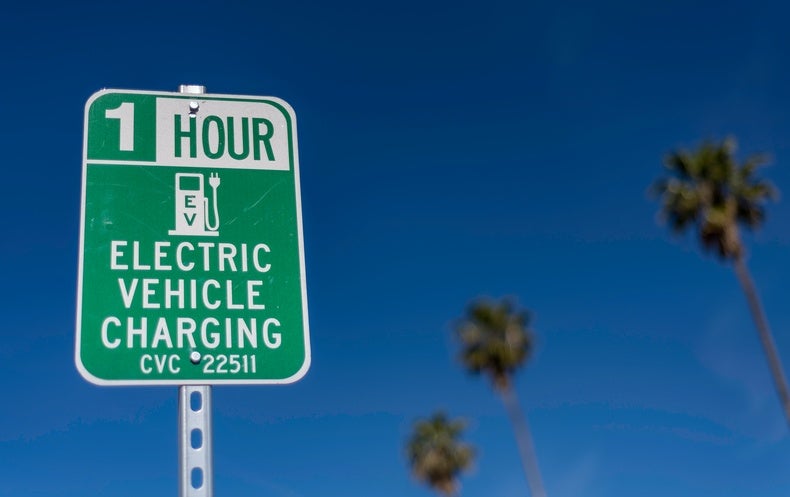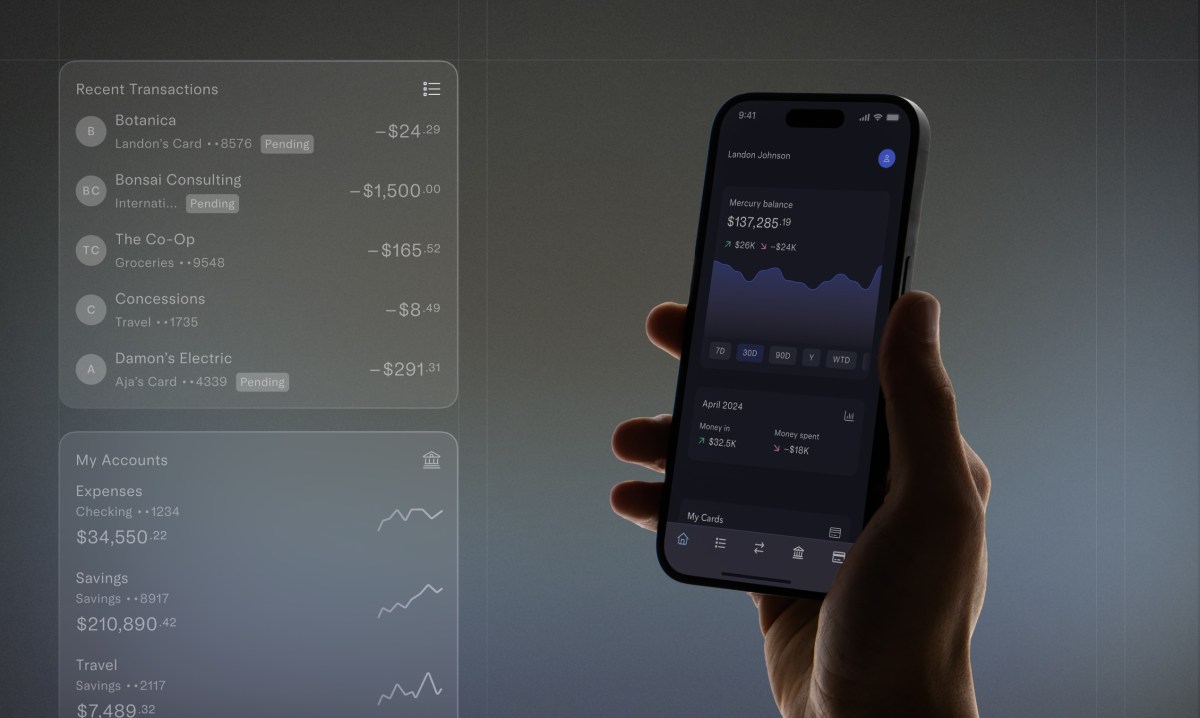A searing heat wave was pushing California’s electric grid to the brink of blacking out previously this thirty day period when, in a frantic bid to keep the lights on, officials implored electric vehicle homeowners to wait a several hrs right before plugging in their cars.
That ask for from the California Unbiased System Operator came just times after point out regulators accredited a system to ban income of new fuel automobiles in 2035. Conservatives jumped on the obvious dissonance as a indication of Democratic coverage failures and the pitfalls of transportation electrification.
Fox News host Tucker Carlson identified as electrical vehicles a “new way to overburden California’s previously collapsing electrical power grid.” Rep. Steve Scalise (R-La.), a member of the House Committee on Energy and Commerce, slammed California’s endorsement of EVs amid energy shortfalls, expressing in a tweet that it is an instance of “Democrat control” and “a joke.”
The highlight on car charging elevated concerns about whether the country’s electric powered grid would be equipped to endure the accelerating transition to battery-powered cars, buses and other types of transportation. If the grid was threatened by charging cars and trucks throughout this month’s excessive heat, how will it complete when EVs develop into existing on just about every street?
But grid operators, utilities and thoroughly clean electrical power advocates say it doesn’t make feeling to blame electric powered autos for the soaring energy demand throughout the current warmth wave. And in the long run, as utilities make desired adjustments for common EV uptake, there’s no motive why transportation electrification ought to overburden the country’s grid, they claimed.
In actuality, industry experts see EV batteries as component of the remedy.
https://www.youtube.com/check out?v=X2eYdAR0ka4
They aid to reduce planet-warming emissions and can increase essential adaptability to electric powered utilities that are positive to appear under a lot more strain as world temperatures carry on to rise.
Garrett Fitzgerald, senior director for electrification at the Wise Electric powered Power Alliance, referred to as the backlash around California’s charging delays “undue criticism or stress.”
“The grid can manage it, we’re having the essential techniques, but we’re just at the very commencing of placing all those procedures and programs in place,” he said. “A long term grid will totally be in a position to cope with a foreseeable future need of transportation electrification.”
That results will hinge on utilities getting proactive in preparing for thousands and thousands of extra EVs on the roads in the coming many years. It will also get some changes, experts stated. EV entrepreneurs and utilities will have to get benefit of up-and-coming charging systems that will conserve the grid from avoidable anxiety.
Adapting to expanding desire
The reputation of electric automobiles is heating up across the place, with EV brands location revenue information in the initial 50 % of the calendar year and some transit agencies having steps to electrify their fleets.
That implies a lot more electricity need for utilities, which are already planning for “grid-helpful load development,” mentioned Lindsay Buckley, spokesperson for the California Strength Commission.
In California—the countrywide chief in electrical automobiles with far more than 1 million plug-in vehicles—EV charging at present accounts for significantly less than 1 % of the grid’s whole load throughout peak hrs. In 2030, when the variety of EVs in California is predicted to surpass 5 million, charging is projected to account for considerably less than 5 per cent of that load, stated Buckley, who described it as a “small amount” of additional need.
Around the following many many years, on the other hand, the electrical power pull on the grid will raise considerably, as will desire from other electrical resources as the place weans by itself off of fossil fuels. Utilities are aiming to improve their capability by introducing clean up electrical power sources, growing battery storage and setting up transmission traces.
“We’re talking about a really gradual changeover around the class of the upcoming number of many years,” claimed Ryan Gallentine, transportation policy director at Advanced Strength Economy. “It’s properly in the utilities’ potential to add that form of ability.”
Including capacity to the grid would be necessary with or with no transportation electrification. Potentially a extra important thought, experts and utilities mentioned, is load management—utilities’ skill to accommodate fluctuations in energy source and desire in genuine time to stay clear of outages.
“It’s much less about becoming ready to meet the strength consumption required for EV charging, and it’s substantially extra about meeting the desire for that electricity, and specially when, in which and at what electrical power we’re supplying that desire,” explained Fitzgerald of the Clever Electric powered Energy Alliance.
Budding EV charging systems and practices current an option for load management that can allow EV owners to preserve their motor vehicles charged although sustaining a steady grid, providing utilities greater overall flexibility for the duration of moments of enhanced need and even lessening purchaser electrical energy prices, analysts claimed.
Managed charging, for instance, enables utilities to remotely begin or stop car or truck charging to accommodate grid disorders, with the vehicle owner’s consent. It can be particularly practical for providers that operate several electric cars that will need to be charged but not essentially all at after.
Time-of-use pricing encourages EV owners to demand their motor vehicles all through off-peak hrs, satisfying them with decrease charges for doing so. And car-to-grid or automobile-to-home know-how can make it possible for sure EVs to sell energy from their battery again to the grid throughout instances of need, or to electric power a residence through an outage.
“As we enter into this forthcoming decade, especially with local weather stresses and weather conditions related stresses, these demand from customers-side resources are going to be even additional significant and even much more worthwhile to the electric power grid,” said Sara Baldwin, director of electrification at the plan consider tank Electrical power Innovation.
Component of load administration in the coming a long time could require continued “flex alerts” like the types issued in California previously this month. They simply call on citizens to voluntarily conserve electricity for the higher very good. But that shouldn’t be an issue for most EV house owners, for the reason that they have much more versatile and very affordable fueling possibilities than house owners of fuel vehicles, mentioned Fitzgerald of Smart Electrical Ability Alliance.
Pleas to preserve electrical power through peak hrs “shouldn’t truly be a disruption to anybody’s daily driving routines,” he added. “The common American drives 40 miles a working day you can refuel 40 miles in a couple of hrs at dwelling,” and that can be performed overnight when costs are reduced.
“If you told anyone, ’Wait five hours to go to the fuel station and you can get gasoline for 50 % the selling price,’ nobody would assume of that as an inconvenience,” Fitzgerald said.
Utilities say they are producing programs to guarantee that the added benefits of improvements these as time-of-use prices, vehicle-to-grid technologies and managed charging can profit anyone, not just wealthier individuals who have accessibility to charging at house.
Getting ready for electrification
Enhancements to the grid are witnessed by professionals as important not only to avert electric power outages from high desire, but also to help the U.S. meet up with its local weather ambitions by facilitating the transition away from fuel-guzzling motor vehicles. The stakes are significant.
“If we really don’t get this suitable, we are not heading to be capable to reduce our weather emissions, we are not likely to be equipped to mitigate transportation air pollution, and we are not likely to be able to essentially provide this elevated need from people about the country who want to perform their element in currently being component of the resolution,” stated Baldwin.
Previous year’s infrastructure law and the Inflation Reduction Act passed this summer time allocate billions of dollars towards transportation electrification and initiatives that could make the electrical grid more resilient and responsible.
The Inflation Reduction Act offers $9.7 billion for the Division of Agriculture to strengthen resiliency and affordability among rural electric powered devices, together with the purchase of renewable electrical power and zero-emission devices. A further $760 million goes to the Section of Vitality to accelerate the siting of interstate transmission projects.
In April, the Federal Energy Regulatory Commission proposed improvements to transmission setting up expectations that would call for utilities to carry out long-phrase arranging to meet the demands of electrifying transportation, claimed Celeste Miller, a FERC spokesperson.
“In huge component, the utilities are undertaking the work, regulators are supporting it, approving a lot extra proactive systems, and we’re kind of nevertheless figuring out what is heading to operate very best,” Fitzgerald claimed.
“We can’t just sit back and say, ‘OK, the grid can cope with it it’ll acquire treatment of itself,’” Baldwin additional. “It will get focus, and it will consider some changes to how items have been carried out in the previous, but all in all, I’m optimistic that this is some thing that we can do.”
Reprinted from E&E Information with permission from POLITICO, LLC. Copyright 2022. E&E Information delivers essential news for electrical power and atmosphere professionals.










:max_bytes(150000):strip_icc()/GettyImages-699097865-5914251597ff43a1b2e59a0c3cecc660.jpg)
More Stories
China’s 1st-quarter EV gross sales development slowest in a year
India’s electrical rickshaws are leaving EVs in the dust
BYD sold about 360,000 models of its most economical electric automobile